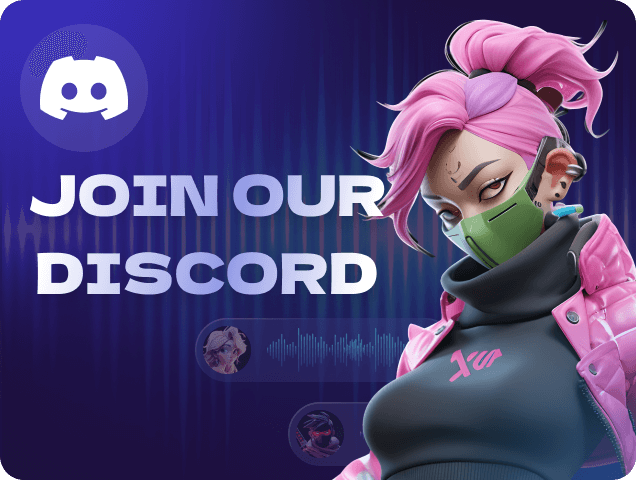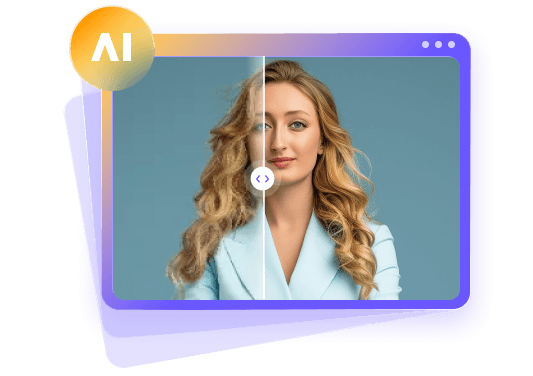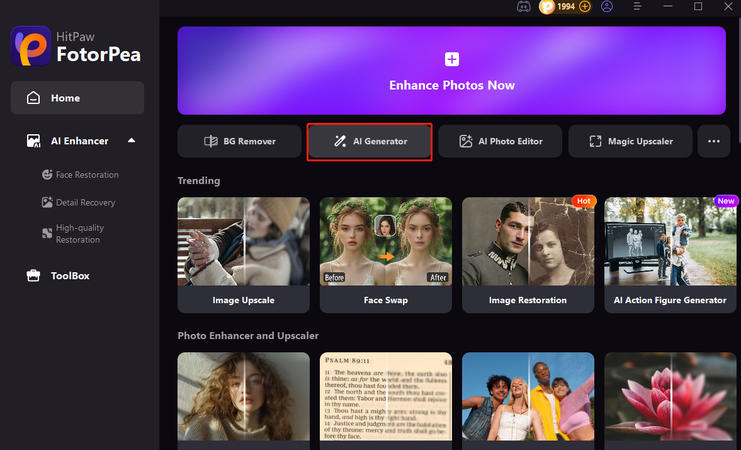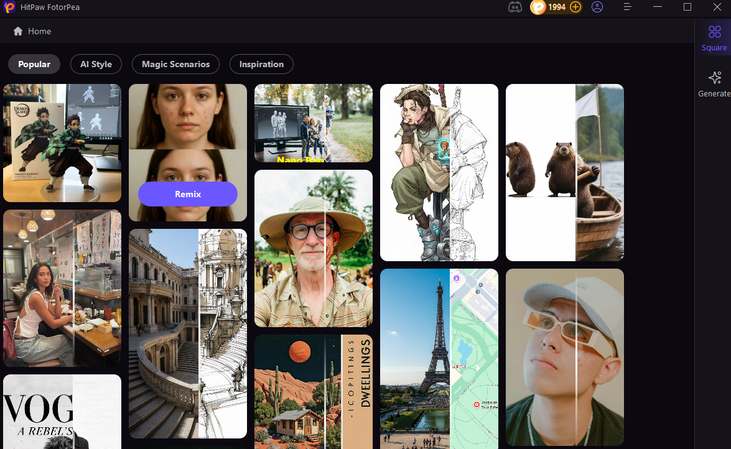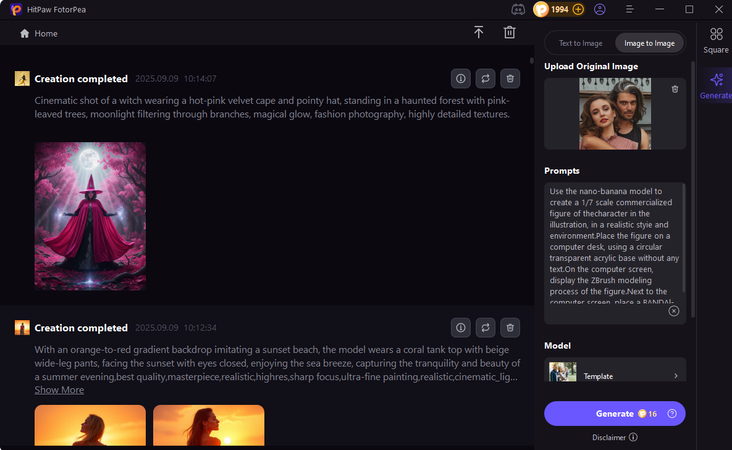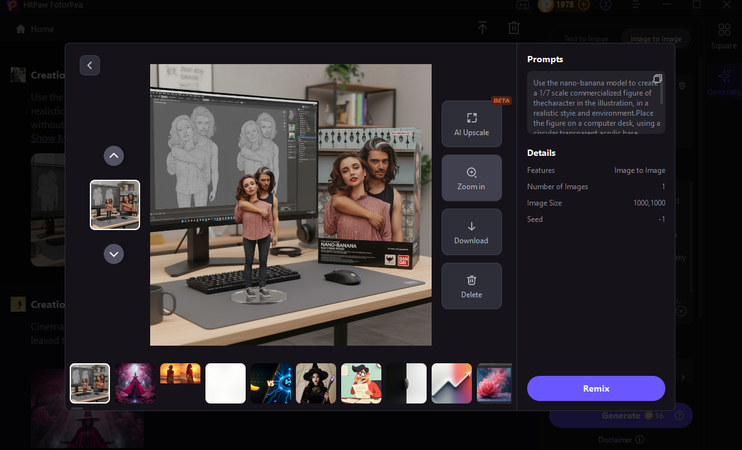Ultimate Guide to Stable Diffusion Prompts: Tips, Examples & Best Practices
Stable Diffusion is now the most popular AI image generator, liked by creators and designers (as well as hobbyists). It is a mighty where. It's just what you make of it, the image. This article will discuss what makes a great Stable Diffusion prompt, provide examples of various styles, and offer a Stable Diffusion prompt guide, tips, and best practices that will guide you to achieve professional-level AI outputs.
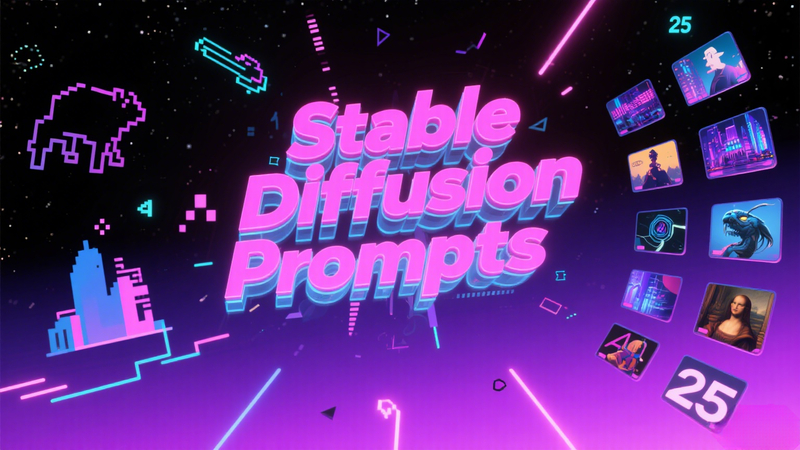
Part 1. What Is a Stable Diffusion Prompt?
1. Definition of Prompt
A Stable Diffusion prompt is simply a text fragment to explain to the AI what image you want created. Suppose you have sent it to the generator as an instruction manual. This artificial intelligence will then interpret your utterance as a pictorial entity, like a character, a human face, or a style of art.
To the point, Stable Diffusion prompts dictate what they see in the image, what the appearance is that it is painted in, and whether it looks true or false.
2. Why Prompts Matter in Stable Diffusion
The more optimized your stable-diffusion prompt, the better your final result will be. Short, vague prompts give generic outputs, while descriptive, layered prompts unlock more creativity.
Example:
- A brief prompt would figure as mere writing: a dog.
- The specific Prompt will elaborate on the dog, which could be a brown dog and/or frisbee catching, or running on the beach.
3. What Are Negative Prompts?
A stable diffusion negative prompt will portray about AI what you don't want in your picture.
Example:
- You will hand signal, such as you desire a portrait of a girl with blue eyes and gentle lighting.
- In this case, the negative Prompt will be writing a blurry, messy background with extra hands.
It now becomes the job of AI to give this girl a realistic feel and avoid the listed problems in the negative Prompt. You can also opt for basic negative prompt stable Diffusion, like blurry and low quality, so that the final result turns out to be sharper.
Part 2. Stable Diffusion Prompt Examples
Let's look at different stable diffusion prompt examples across popular artistic styles.
1. Anime-Style Prompt
In Stable Diffusion, anime is one of the most popular styles. Some useful AI prompts for users of Stable Diffusion are:
- One of the anime girls with long pink hair is standing in a field of flowers.
- An anime student in the background, a male student in a uniform with a notebook.
- One cute yellow-eyed pompous cat was added to a pillow.
- The figure of an anime warrior with a swirling sword on a mountain top
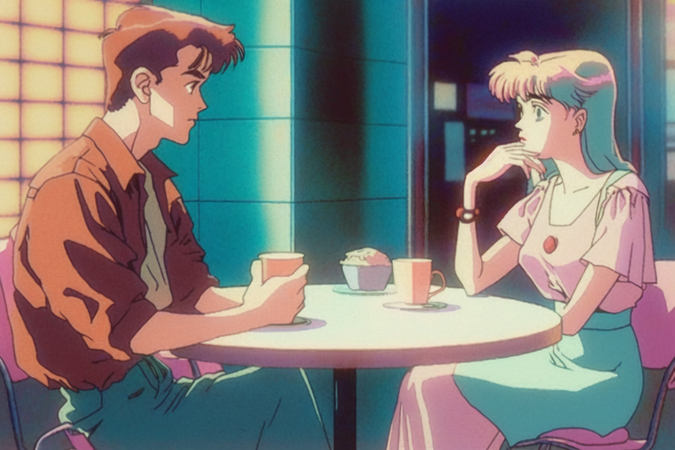
2. Realistic Photo Prompt
If you need pictures that look like professional photography, ensure you use "ultra realistic" cinematic lighting and 8K in your stable diffusion prompt.
Examples:
- A smiling young lady in natural light and with sharp image detailing.
- A lent burger with dripping cheese and consistency.
- A crystal clear mountain lake like a 4K picture.
- A very aged man with deep lines in a studio portrait.
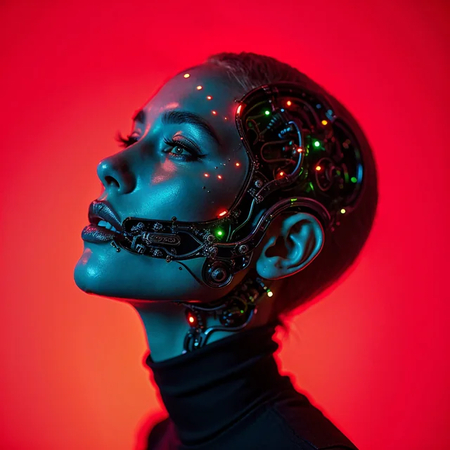
3. Fantasy Art
Stable diffusion prompts can also be driven towards magic and surreal:
- A castle in a night sky, which is breathing fire, which was spat by a dragon flying above.
- A magic forest in which fairies are flying on mushrooms.
- An escape where a wizard chants a blue spell in between a battle scene.
- Fantasy Storm: Two knights in a fight.
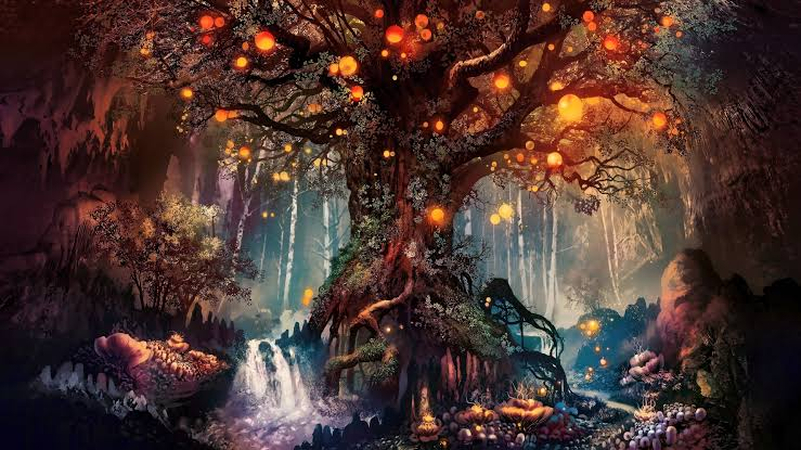
4. Cartoon Prompt
Cartoon prompts are funny. Use "vector art" or "comic style".
Examples:
- A superhero-capped cartoon dog posing.
- An alien sporting a huge smile and with three eyes.
- One of the chefs on the page is making spaghetti with broad facial expressions.
- Colorful monkeys and other animals in a bright pictorial jungle environment.
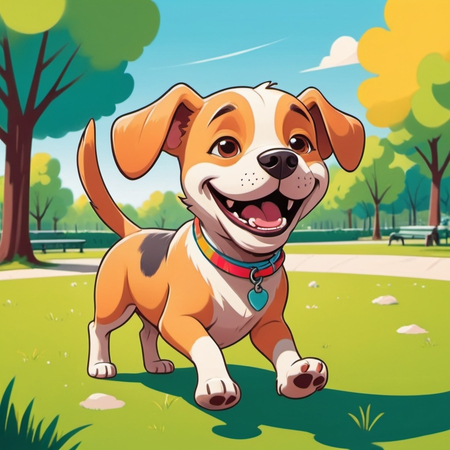
5. Negative Prompts for Stable Diffusion
Stable Diffusion users use the negative to fix the mistakes. Here are some examples of good negative prompts Stable Diffusion users use:
- Smoked or dark to ensure that it is clear.
- Dislocated fingers or fractured fingers, to avoid the strange hand shape.
- Text, watermark, or / logo in order to erase undesirable marks.
- Graceless, distracting, or ugly in order to prevent spooky outcomes.
Even the simplest negative prompt Stable Diffusion (blurry, low quality) will make the image sharper and more realistic.
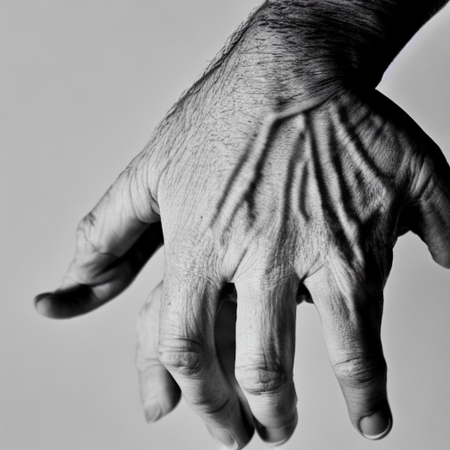
Part 3. Stable Diffusion Prompt Guide: Best Practices
To create the most interesting Stable Diffusion, you need to practice, but these tips will help you.
- Be Specific
- Use Artist References
- End to combine Styles and Modifiers.
- Added weights to some Words.
- Positive and Negative Prompts "Weight of balance"
- Instant generators / AI Assistants: promptsgenerators or AI Assistants are V.
Not only describe what is being subject to, but also light, viewpoint, colours, and emotions.
Ask the AI to look like Van Gogh or Studio Ghibli, and the AI will imitate that style.
Break down words by combining terms such as 8K resolution, photorealistic, cinematic lighting, and oil painting to provide a concession.
The importance of elements is stressed/ deemphasized with the help of weights (e.g., cat:1.5, background:0.8).
The detailed positive prompts should always be coupled with the negative prompts to eradicate the undesired qualities.
Write with the help of online or AI assistants, and they can provide you with prompts to start with Stable Diffusion.
The guide in this stable Diffusion is experimental and refining. The more specifics you provide, the more professional your results will be.
Part 4. Extra Tip: HitPaw FotorPea Generation with Built-in AI Prompts
One of the flaws of Stable Diffusion is that you need to create big prompts manually. You want a quicker and easier process, like HitPaw FotorPea, which is a great option.
FotorPea AI Generation Features
- Stable Diffusion automatically activates the built-in AI that does not require writing anything.
- Photo enhancer to improve pictures to HD/4 K.
- Anime, realism, fantasy, and style templates.
How to Generate Images with FotorPea
Select AI Image Generation and open HitPaw FotorPea.

Select a style template, or type in some text.

Auto-refine your request with the AI in-built prompt

Create the picture and utilize the picture elaborator to refine it to a professional level.

Conclusion
The way to unlock the AI image generation is the stable Diffusion prompts. From anime to realism, from cartoon to fantasy, it's all about what you say to accomplish the overall look. There are the off-the-shelf prompt and negative prompt. Automated, pair-wise matching: combining clean and combining between high-quality images and prompts used over the counter. Pairs will also be produced by Stable Diffusion in high quality.
So it doesn't require any labor, HitPaw FotorPea includes built-in prompts and one-second upgrading to its own AI as well; art so professional it barely requires any action.
With a pocket Guide on having the best Stable Diffusion, or a Stable Diffusion prompt guide, keep in mind that creativity and accuracy are the keys to perfection in AI outcomes.
Leave a Comment
Create your review for HitPaw articles

